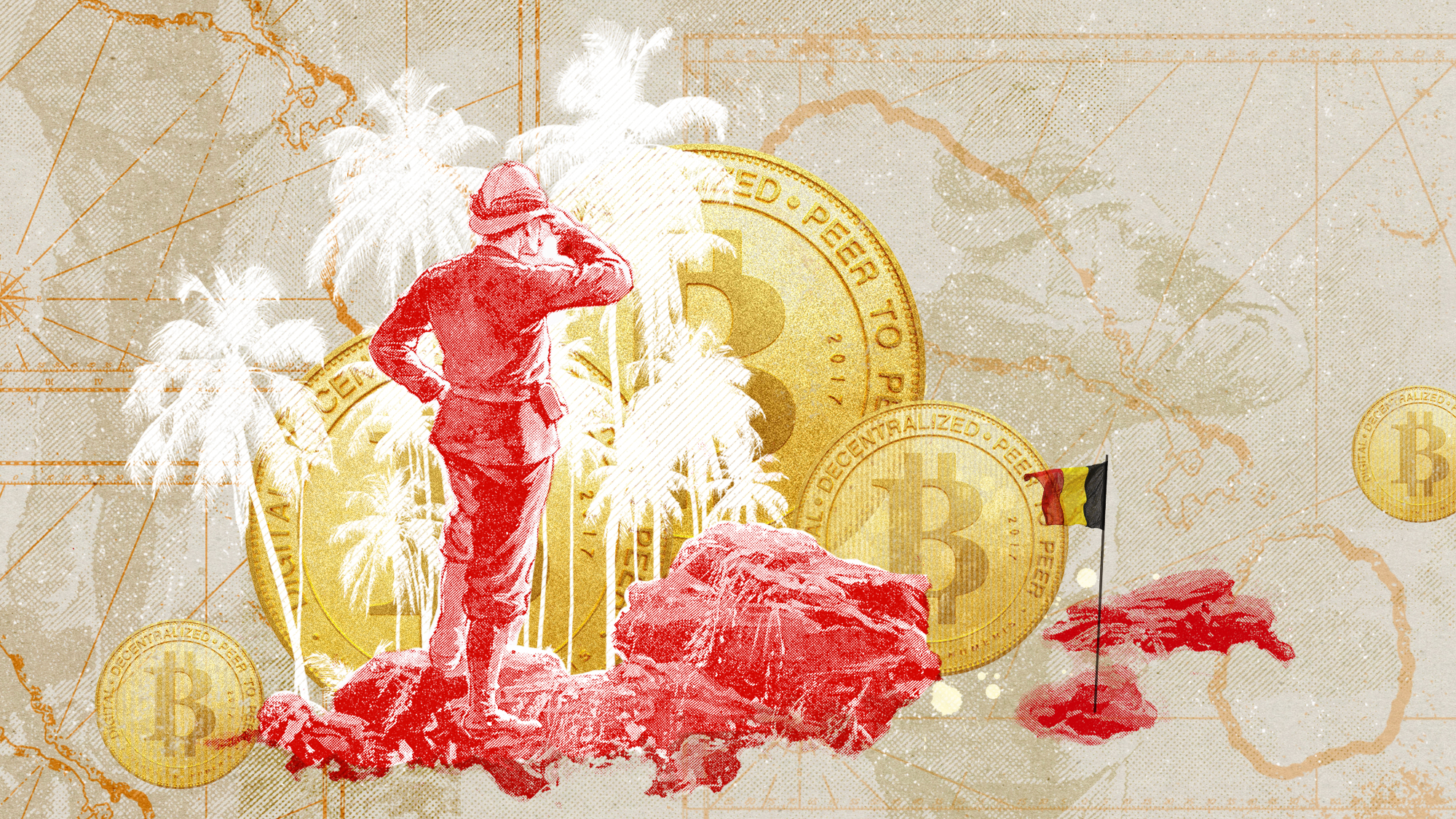The 11 most fascinating scientific discoveries of 2012
Dashed Jurassic Park dreams, ancient frozen life, and the God particle all make this year's list

In scientific circles, 2012 will be remembered as the year we finally caught a glimpse of the elusive Higgs boson, otherwise known as the God particle. But these past 12 months were about much more than particle physics, with key findings in the fields of biology, deep space, and neuroscience. Here, in no particular order, 11 of the year's most fascinating discoveries from across the scientific spectrum:
1. The Higgs boson
Back in July, scientists at the European Center for Nuclear Research (CERN) were cheered like rock stars when they announced they'd finally caught a glimpse of the biggest and most elusive catch in modern physics: The Higgs boson. The particle, which they're 99.99997 percent sure is the real deal, validates the Standard Model of physics, which explains how, if not why, the universe is able to take on a tangible existence. "There's no underestimating the significance of this discovery," said Jeffrey Kluger at TIME. "No Higgs, no mass; no mass, no you, me, or anything else."
The Week
Escape your echo chamber. Get the facts behind the news, plus analysis from multiple perspectives.

Sign up for The Week's Free Newsletters
From our morning news briefing to a weekly Good News Newsletter, get the best of The Week delivered directly to your inbox.
From our morning news briefing to a weekly Good News Newsletter, get the best of The Week delivered directly to your inbox.
2. Ancient antarctic life 60 feet below the surface
Lake Vida isn't like other lakes. For one thing, it's in Antarctica. For another, it's located deep beneath a 60-foot-thick slab of ice — and has consequently been cut off from the surface world for 2,800 years, untouched by outside oxygen or light. Now after years of drilling, scientists have discovered samples of previously unknown species of bacteria swimming around in it, suggesting that life can exist in conditions previously deemed unfit.
3. The smell of white
We can see the color white. We can hear white noise. But what about a white smell? For the first time, scientists have compiled what they've deemed a completely neutral scent, or "olfactory white," by combining a large assortment of widely diverse smells (meat, flowers, etc.) to give our noses a whiff of pure equilibrium.
A free daily email with the biggest news stories of the day – and the best features from TheWeek.com
4. A massive planet 13 times the size of Jupiter
Kappa Adromedae b is a world so big it defies conventional classification. At 13 times the size of Jupiter, it circles a proportionally gigantic star 2.5 times larger than our own sun. This system's existence proves that super-sized stars are capable of producing super-sized planets.
5. The biggest black hole ever
What's 250 million light-years away from Earth and possesses 17 billion times the mass of our own sun? This black hole at the heart of the galaxy NGC 1277, which weirdly doesn't gobble up nearby stars and planets as black holes tend to do.
6. Selfish, if mysteriously attractive, jerks
Why are high school narcissists disproportionately cool? And why are we obsessed with the romance of the self-involved Kim Kardashian and Kanye West despite our better judgment? A small but interesting study reveals that people possessing "dark" qualities like narcissism, Machiavellianism, and psychopathy were consistently rated as more attractive than so-called normal people — at least when they got to choose their own clothes.
7. A flawless invisibility cloak
Most so-called invisibility cloaks can bend light around an object to disguise it, but tend to reflect something called incident light, ruining the illusion. Researchers at Duke University managed to skirt this problem by arranging a new class of metamaterials into a diamond shape, successfully hiding a miniature cylinder completely.
8. The (sigh) impossibility of Jurassic Park
Sorry, dinosaur fans. Scientists discovered that DNA breaks down far too rapidly to make it even conceivable that a genetic engineer could clone a dinosaur. They found that DNA has a half-life of 521 years; in other words, after 521 years, half of the bonds between the DNA's nucleotides will have been shredded. The last dinosaur died 65 million years ago.
9. The oldest galaxy ever spotted
The universe is estimated to be somewhere between 13 billion to 14 billion years old. After the Big Bang, it took hundreds of millions, even billions of years for the void of space to fill itself with the galaxies and cosmic clusters we can observe today. This newly discovered galaxy — a tiny, fuzzy red orb in photographs — is just 200 million years younger than the Big Bang, and might give us a clearer picture of what the universe was like in its infancy.
10. An implant that makes monkeys smarter
It's a breakthrough that seems torn straight from a Planet of the Apes script: Researchers have designed an electrical brain implant that improves the thinking power of monkeys, allowing debilitated animals to solve complex brain puzzles faster.
11. Gangster dolphins
Marine biologists studying Australian dolphins discovered that the mammals form complex hierarchies within their pods in order to attack other groups. Some individuals serve as fighters. Others serve as liaisons to go out and recruit new members. These "intricate webs" are rare in the animal kingdom, says Virginia Morell at Wired, and strikingly reminiscent of "the Mafia."
-
 The best homes of the year
The best homes of the yearFeature Featuring a former helicopter engine repair workshop in Washington, D.C. and high-rise living in San Francisco
-
 Critics’ choice: The year’s top 10 movies
Critics’ choice: The year’s top 10 moviesFeature ‘One Battle After Another’ and ‘It Was Just an Accident’ stand out
-
 The small Caribbean island courting crypto billions
The small Caribbean island courting crypto billionsUnder the Radar Crypto mogul Olivier Janssens plans to create a libertarian utopia on Nevis